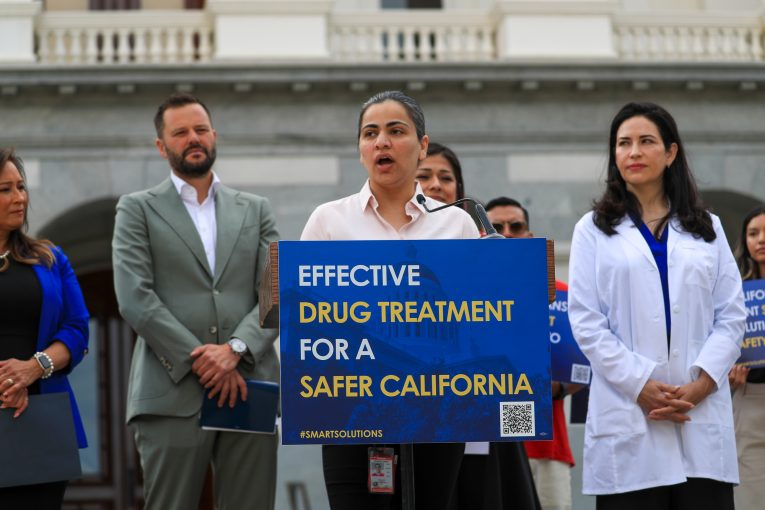
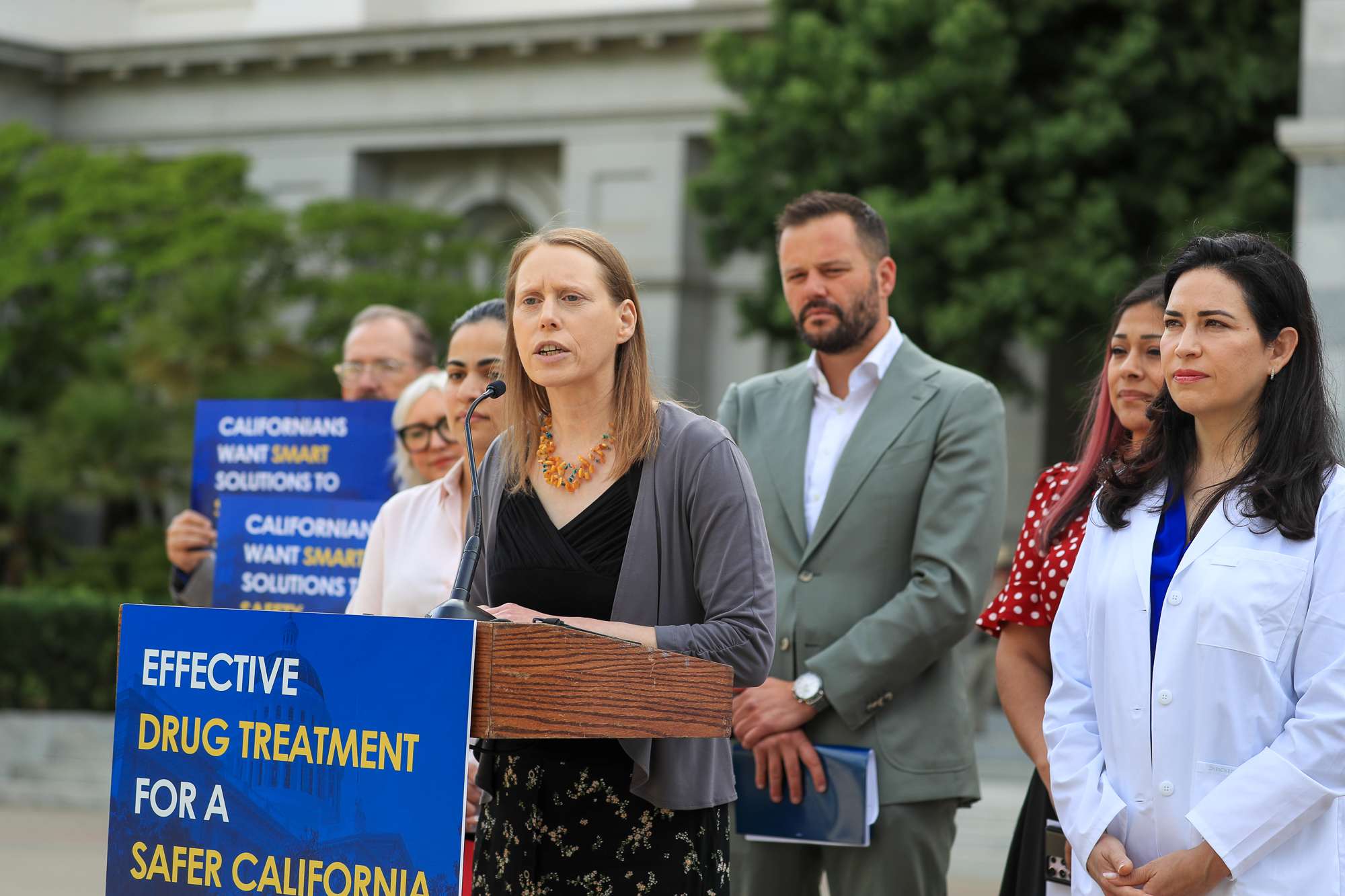
By David M. Greenwald
Executive Editor
Sacramento, CA – Smart Justice California held a press conference on Tuesday, featuring lawmakers from both sides of the aisle to join advocates, doctors and health care navigators advancing bipartisan legislative solutions to address opioid overdose crisis.
“California and the nation are facing an unprecedented crisis of overdose deaths driven by powerful opioids like fentanyl,” said Smart Justice California policy advisor, Natasha Minsker.
She explained, “What most people don’t know is that we have proven effective medications to treat substance use disorders, including fentanyl, substance use disorders, passing legislation to expand access to these medication treatments will make California a  national leader in the fight against overdose deaths and bring wellbeing and safety to all California communities.”
national leader in the fight against overdose deaths and bring wellbeing and safety to all California communities.”
The press conference discussed four bills that they believe are proven, effective and smart solutions to the overdose death crisis.
“These are solutions that will save lives,” Minsker said. “Saving lives must be our North Star, Californians. We have two paths to choose from. We can make the problem worse by sending more people to prison, which only increases overdose deaths or we can choose to save lives by increasing access to proven and effective treatments to substance use disorders.”
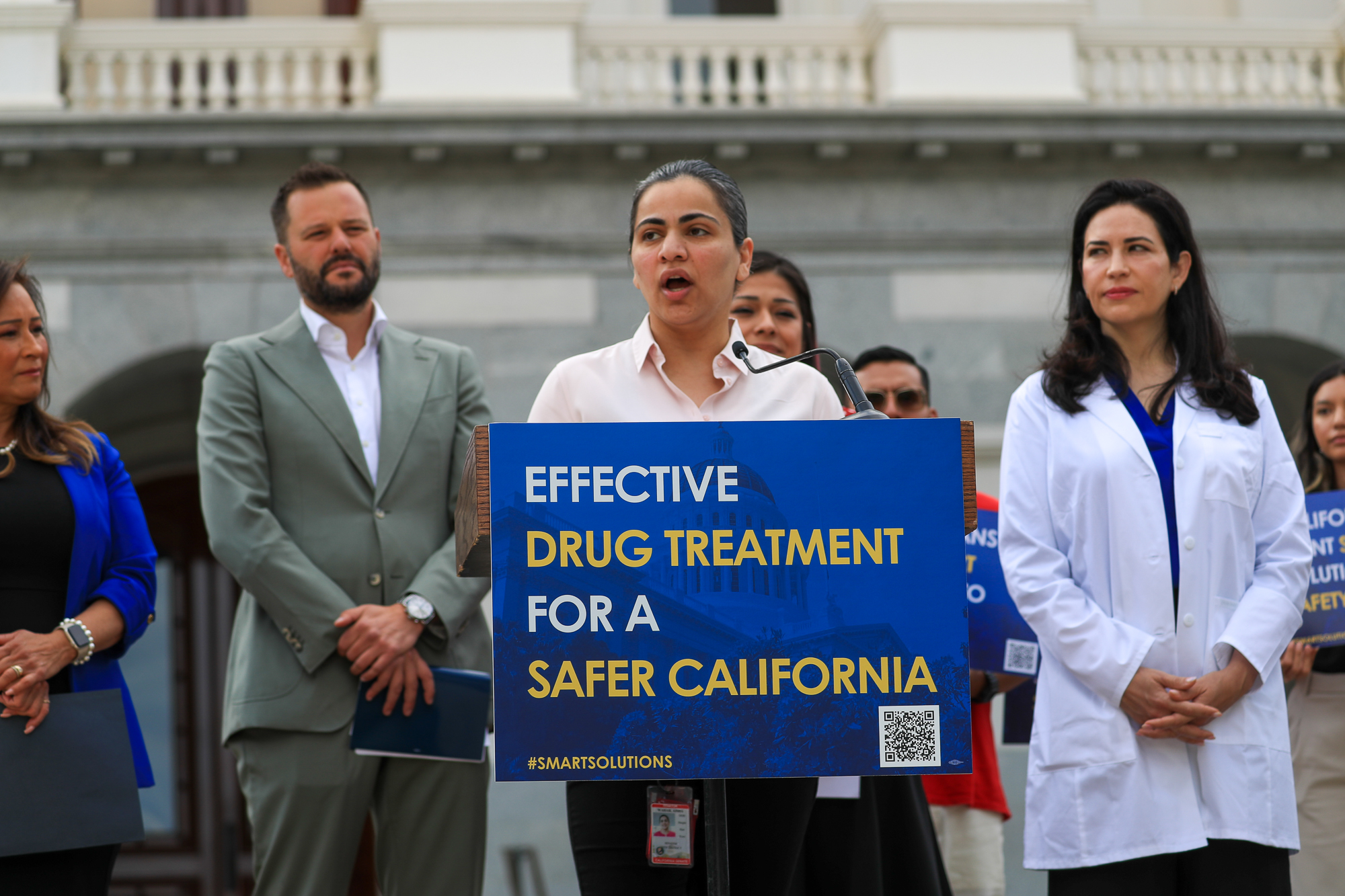
State Senator Aisha Wahab from the Silicon Valley noted, “As chair of public safety, I often see bills that are very punitive to lock people up for a mental health disorders, for substance abuse disorders, for things that are truly, truly not a criminal issue.”
For the past year she has been part of the fentanyl working group at the State Senate, focusing on responding to the fentanyl crisis.
“I’m tired of seeing the punitive actions and the honest truth is we have enough laws on the books for drugs,” she said. “SB 1320 ensures health plans and insurers establish a process to reimburse providers for mental health and substance use disorder treatment services that are integrated with primary care.”
The biggest missing piece, she said is that “integrated models for behavioral health and primary care are essential for addressing the needs of individuals with mental health and substance use conditions.”
She explained, “SB 1320 is one piece in solving this problem by ensuring people can get the help they need without stigmatizing treatment and instead focus on getting better and staying clean.”
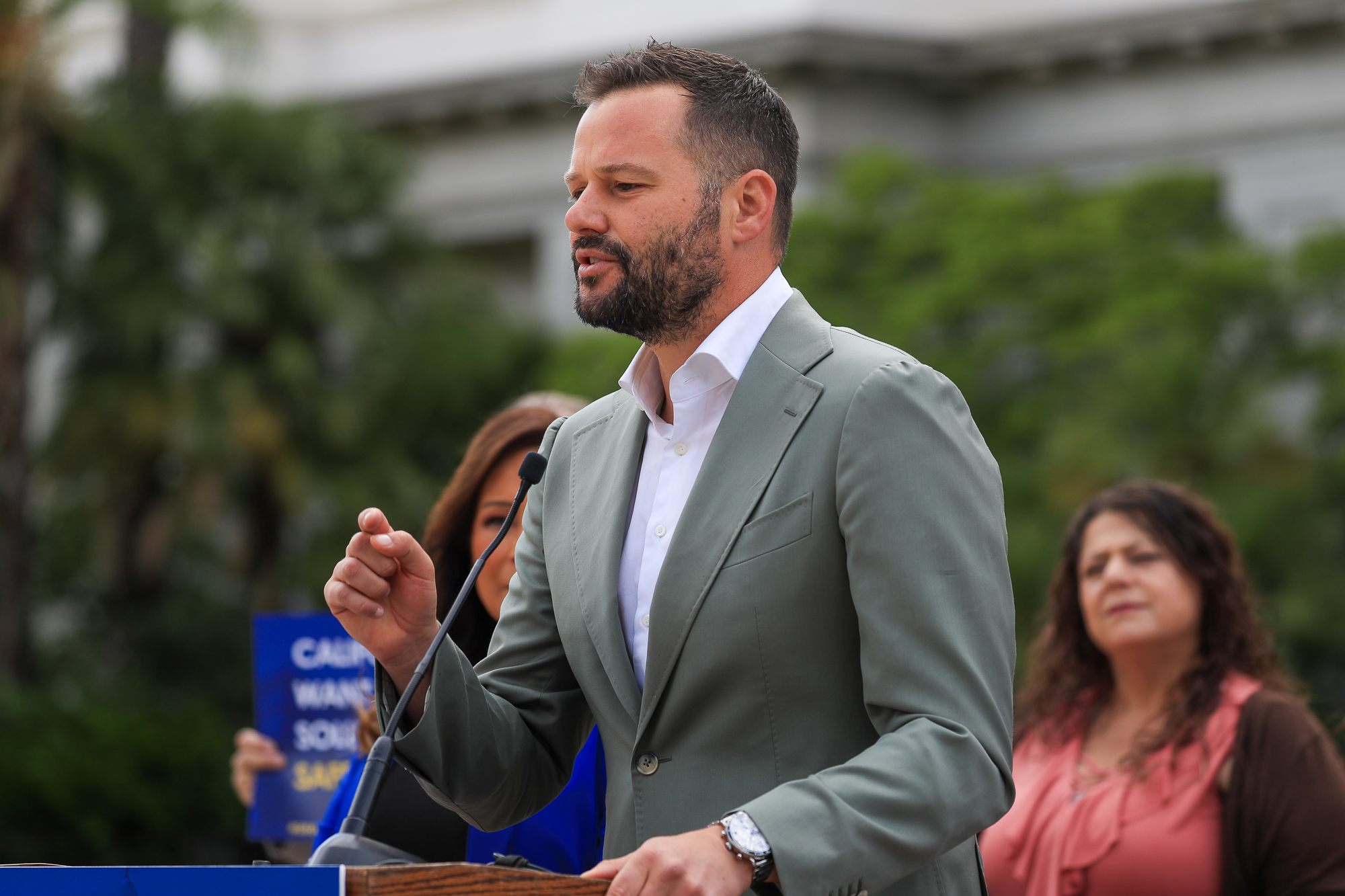
Assemblymember Matt Haney, noted, “We have seen an exponential rate of increases in overdose deaths in our state. Right now, we are losing over 10,000 people a year. This is more than homicides and car crashes combined. It’s a number that has doubled in recent years and, frankly, we are not responding with the scale or the urgency that can save lives.”
He added, “Unfortunately, the very same policies and the very same mindset and philosophy that led our state for years to respond to addiction with criminalization and punishment and more and more prison time has also led our state to have some of the misguided, backwards, harmful policies. When it comes to access to treatment, this should be very common sense.”
He called for treating the overdose epidemic “as a sickness” and addressing it “with treatment.”
Methadone buprenorphine has a proven track record for success over decades.
“They can reduce the likelihood of an overdose by 50%. They can have tremendous success in getting people off of these deadly drugs entirely,” Assemblymember Haney said.
However, he continued, “Yet in California, less than 10%, less than one in 10 of people who are addicted to opioids are enrolled in one of these medication assisted treatments and frankly, there’s a reason for that because instead of ensuring access to these treatments, we make you line up every morning. We make you go only to specialized clinics.”
For this reason, he introduced AB 2115. “This bill will take California from having the most restrictive policies when it comes to access to methadone, which is the most effective proven treatment for opioid addiction, to having some of the most accessible policies as it relates to methadone so that people can enroll and get a set of take-home doses, which the federal government now says is best practices…”
He added, “This is what it’s going to take for us to confront this opioid epidemic.”

Senator Rosilicie Ochoa Bogh, a Republican from Yucaipa said, “Senate Bill 1468 will educate and encourage providers to make use of a 2023 DEA rule that allows practitioners to dispense a three-day supply of narcotic medication to start maintenance treatment for people struggling with addiction.”
She continued, “Upon passage, medical boards under the Department of Consumer Affairs will notify their licensed practitioners about the DEA’s three day rule and provide helpful information on how to prescribe this medication. Since March of 2022, practitioners working in hospitals, clinics and emergency rooms have been able to request an exemption that allows them to dispense a three-day supply of medication assisted treatments for patients experiencing opioid withdrawal symptoms.”
She explained that the symptoms can be uncomfortable and life threatening complications.
“SB 1468 is essential to increasing education and engagement amongst healthcare providers who are at the front lines of California’s overdose epidemic,” she added. “Prescribing these medications will help patients struggling with opioid use disorder and give them a better chance of success. This is not a partisan issue. This should be a bipartisan (issue) and I’m grateful for the opportunity to participate in being part of this team.”
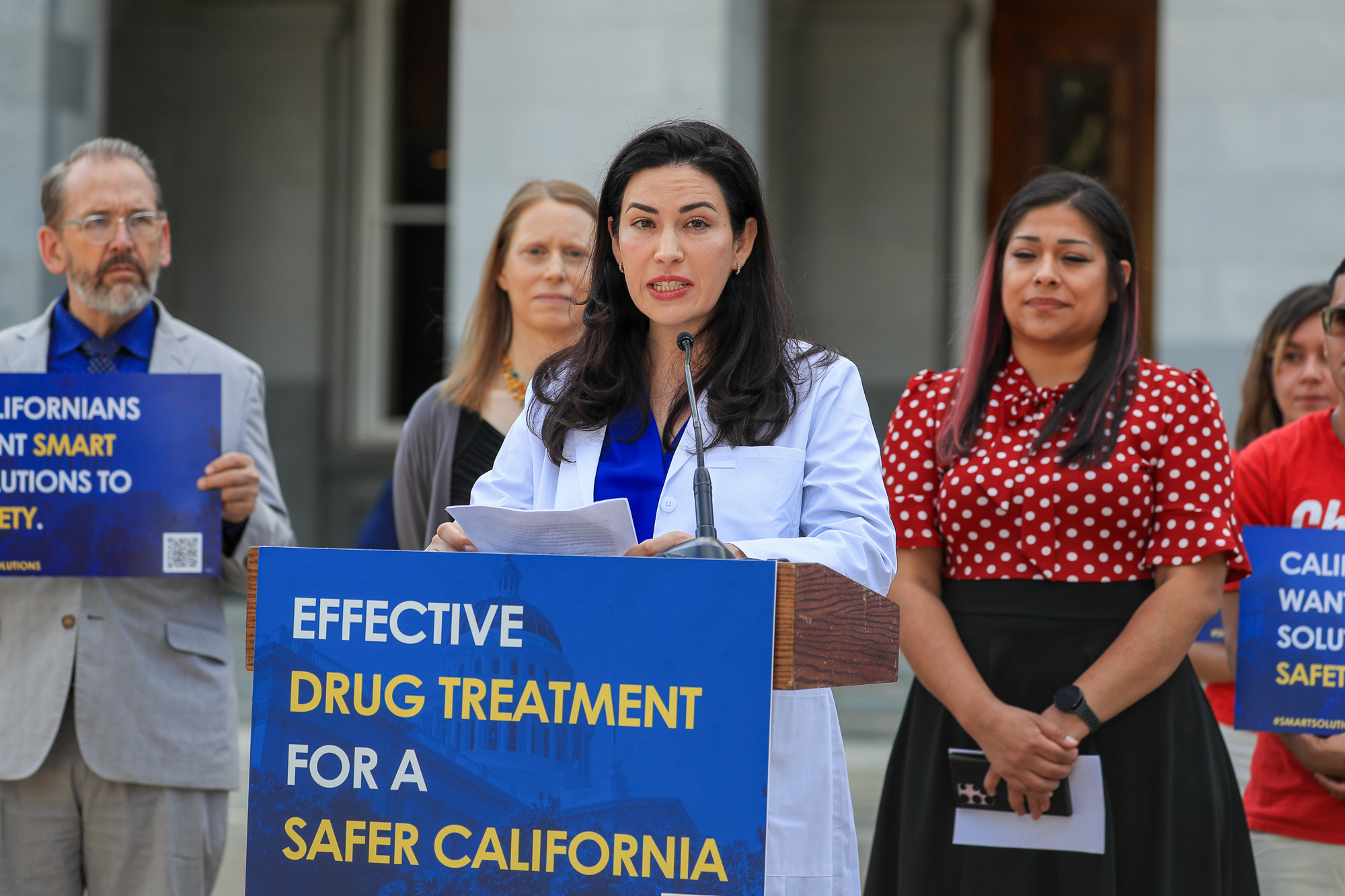
Dr. Marlene Martin, Associate Professor at UCSF & Director of Addiction Care Team focused on AB 2115 which will expand access to methadone treatment.
She said, “This bill aligns California’s outdated methadone practice with what federal standards and research dictate is safe. It will increase the number of people who receive opioid use disorder treatment, decrease cost for taxpayers, and most importantly save lives because methadone and buprenorphine work.”
She explained that currently only one in nine people with an opioid addiction receives treatment.
The problem, she explained, is “getting methadone treatment today means arriving at a methadone clinic at 6:00 AM waiting hours for an intake and returning daily to get medicine. It also means getting lucky and hoping that the clinic isn’t full and has an intake available that day.
“This bill would allow people not yet enrolled in methadone treatment to access a short-term bridge prescription of methadone while they get enrolled in a methadone clinic.”
She added, “The legislation has other benefits. It would expedite entry into a methadone clinic, increase the amount of methadone a patient can take home between appointments.”
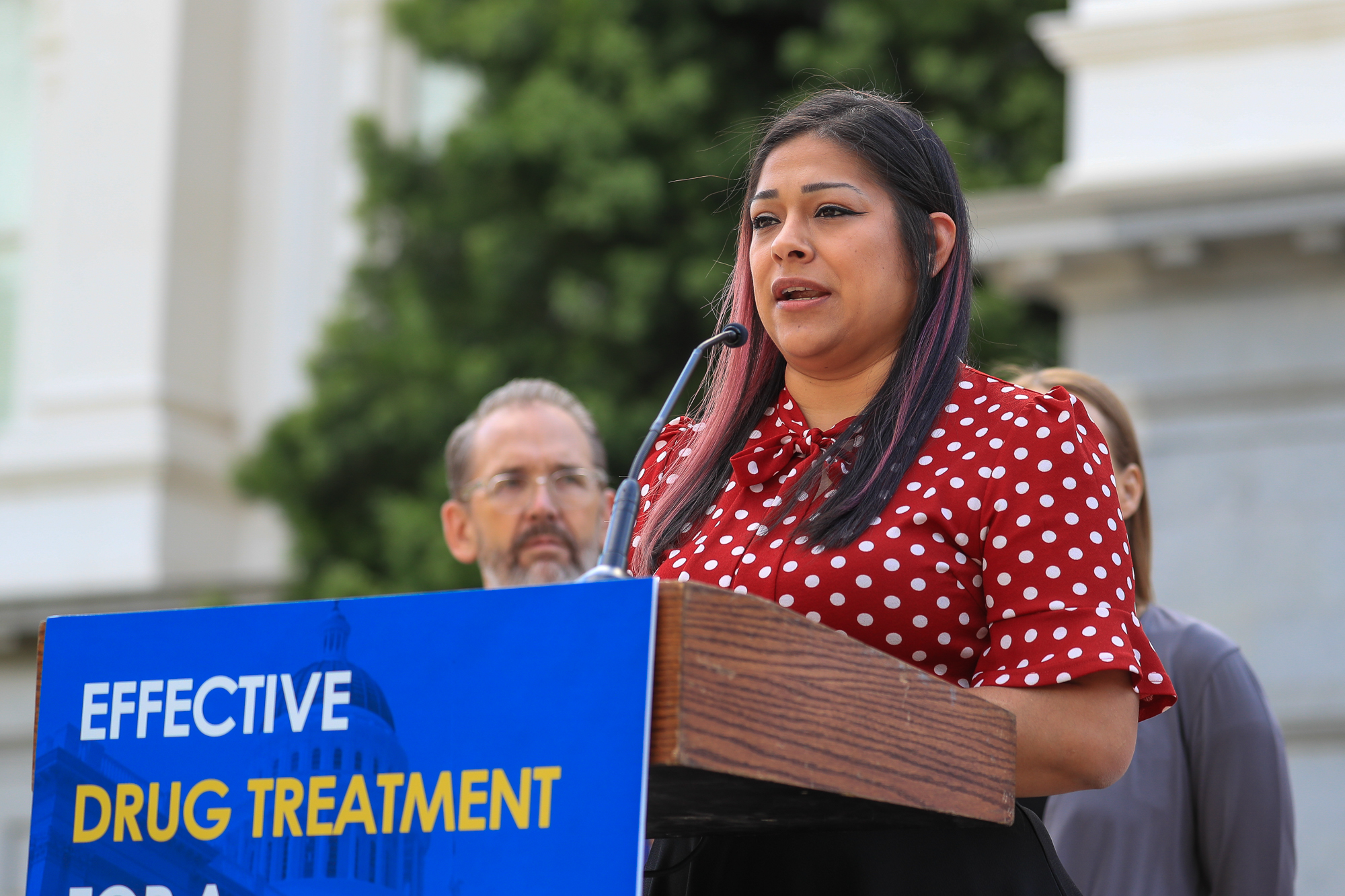
LaToya Mitchell, Navigator Project Manager, CA Bridge Program, discussed the importance of SB 1385 authored by Senator Roth to increase the use of navigators.
The navigator program allows ER patients to connect with treatment medication and staff immediately.
Mitchell explained, “What most people don’t know is that it is the easiest substance use disorder to treat because medication like buprenorphine, which is commonly known by the brand name Suboxone, acts fast to stop the withdrawals without euphoria and allows the patient to feel like themselves before the addiction.”
Her job is to lower the barriers for patients to receive the treatment.
She said that “there’s a lot of stigma for people who use drugs and that creates barriers like obtaining a Suboxone prescription from big chain pharmacies, so it’s essential that I know which pharmacies are Suboxone friendly and provide that list to the patients.”
Mitchell noted, “We found that with the presence of the navigator, patients felt more comfortable coming in and saying, I’m here because I’m having opioid withdrawals, as opposed to them naming their symptoms and because they were afraid of admitting their substance use. Because of that, we’re able to get them treated and in and out in a couple of hours. Instead of spending six hours in the emergency room getting unnecessary and costly tests, we found that it actually saved resources and a lot of money.”


